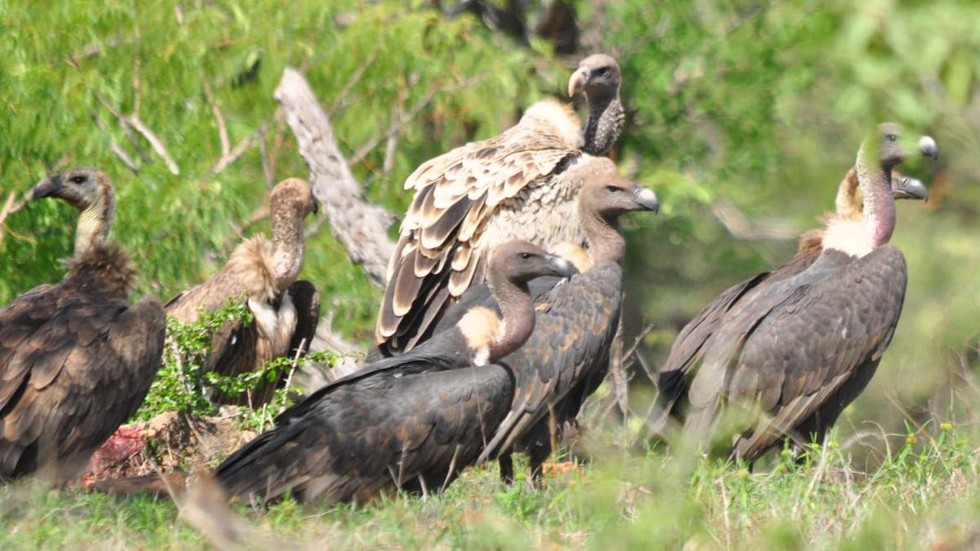About Long-billed Vulture:
- It is an old World vulture native to Asian region.
- They are also known as Indian long-billed vultures due to their comparatively longer beak.
- It is a medium-sized and bulky scavenger feeding mostly on the carcasses of dead animals.
- Females of this species are smaller than males.
- Habitat: They are usually found in savannas and other open habitats around villages, cities, and near cultivated areas.
- Distribution: These are native to India, Pakistan, and Nepal.
- Conservation status
- IUCN Red List: Critically Endangered
- Threats: The Indian vulture has suffered a 97-99% population decrease due to poisoning caused by the veterinary drug diclofenac. This drug is toxic for vultures; it was given to working animals as it reduced joint pain and so kept them working for longer.
Key facts about Mudumalai Tiger Reserve
- It is located in the Nilgiris District of Tamil Nadu state at the tri-junction of three states, viz, Karnataka, Kerala and Tamil Nadu.
- It has a common boundary with Wayanad Wildlife Sanctuary(Kerala) on the West, and Bandipur Tiger Reserve (Karnataka) on the North.
- Vegetation:A variety of habitats ranging from tropical evergreen forest, moist deciduous forest, moist teak forest, dry teak forest, secondary grasslands and swamps are found here.
- Flora:The Reserve has tall grasses, commonly referred to as “Elephant Grass”, Bamboo of the giant variety, valuable timber species like Teak, Rosewood, etc.
- Fauna:Elephants, Gaur, Tiger, Panther, Spotted Deer, Barking Deer, Wild Boar, Porcupine etc.
